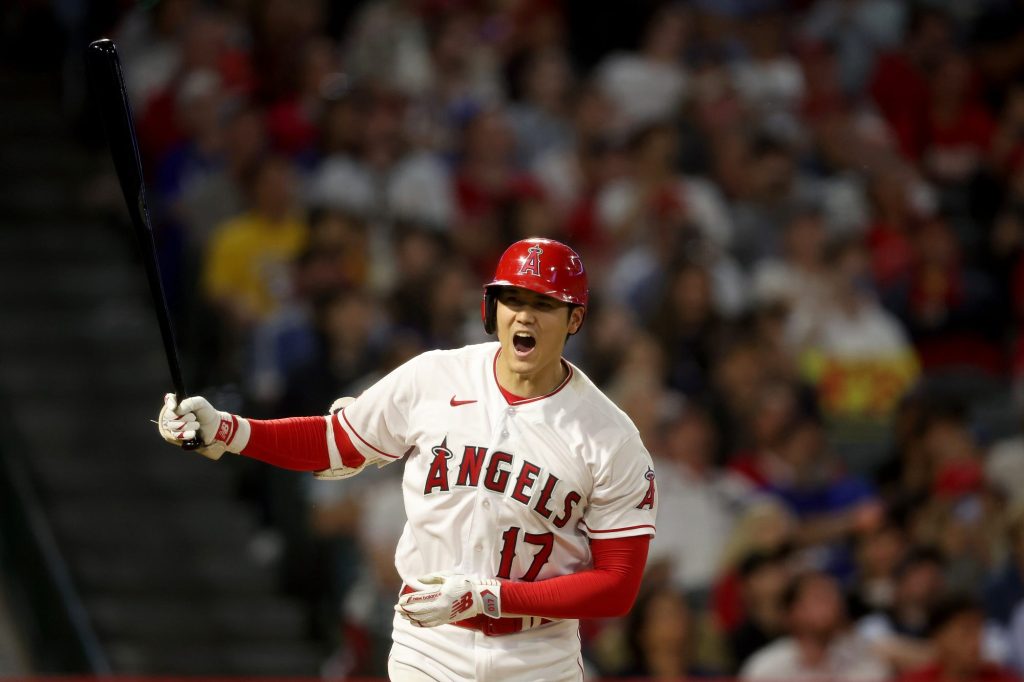Betting on baseball can be an arduous task.
There is an overwhelming amount of data to help in your day-to-day evaluations of players and teams, and because of that, certain all-encompassing metrics have been popularized.
A number such as Weighted Runs Created+, or wRC+ for short, is an easy way to weigh a team’s offensive production against the league average of 100, taking ballparks into account.
Expected ERA (xERA) is another stat that has become popular among bettors.
It gives you an idea of what a pitcher’s numbers should be due to hit probabilities.
Many bettors consult those statistics on a daily basis, but to truly evaluate a player or team it’s important to understand what goes into those numbers.
Along the same lines, you must understand the context surrounding them. If you can do this, you can be a winning bettor in the long run.
The number tying both of those aforementioned metrics together is Weighted On Base Average, or wOBA for short.
A team’s Weighted Runs Created is based on its wOBA, relative to the league average, and its wRC+ is then park-adjusted.
A pitcher’s xERA is just his expected wOBA, transformed into an ERA for easy reading.
Expected wOBA, a number created by MLB’s Statcast, uses exit velocity, trajectory and a wealth of batted-ball data to calculate the hit probability behind each ball put in play.

It doesn’t yet account for horizontal spray angle, so like any number it has its flaws, but generally speaking it’s one of the best ways to evaluate a pitcher’s batted-ball luck.
When you understand this, you can truly begin to profile a pitcher or hitter.
The wOBA number accounts for walks, and extra-base hits are valued more than singles.
That is helpful when doing a quick evaluation of a pitcher’s skills, but when it comes to betting you have to take matchups into account.
Logic is your best friend when assessing matchups.
If a pitcher has a strikeout rate well above average, his expected stats aren’t going to matter quite as much with fewer balls in play.
If a pitcher struggles with walks, his xwOBA will take a hit as a result, so it’s important to also take into account his expected batting average, expected slugging percentage and so on.

One might be alarmed to find a pitcher has a high Hard Hit rate at Statcast, which is the rate of balls hit 95+ mph off the bat, but that’s certainly acceptable if any of the balls are coming back on the ground.
Houston left-hander Framber Valdez is a good case study.
His hard-hit rate has been at 41 percent or higher in the last three seasons, which is far greater than the MLB average of 36.1 percent.
He’s an extreme ground ball pitcher, however, checking in 14 points higher than the league average of 44.8 percent this season and reaching as high as 70.4 percent in 2021.
Taking a wealth of data into account is always the smartest way to bet on baseball.
A pitcher who carries poor expected stats, but pitches around them with a ton of strikeouts, might not be someone to trust against a contact-happy team such as the Guardians.
Learn all you need to know about MLB Betting
- Read about the Best Baseball Betting Sites
- Learn all about How to Bet on Baseball
- Get the latest World Series Odds
A pitcher like Texas’ Dane Dunning, who has pitched to a .281 xBA this year, might fare a bit better against a team like the Mariners, who rank in the bottom five in contact rate.
If a team is jumping at pitches and putting a ton in play, you may want to look past a pitcher’s xERA and right to his xBA or xSLG.
Those are hardly the only numbers you’ll read about on a daily basis, and new metrics are invented almost every season.
Regardless of what the utility is for each, it’s always vital to understand the numbers you’re consulting and the surrounding context if you want to be a winning bettor.
